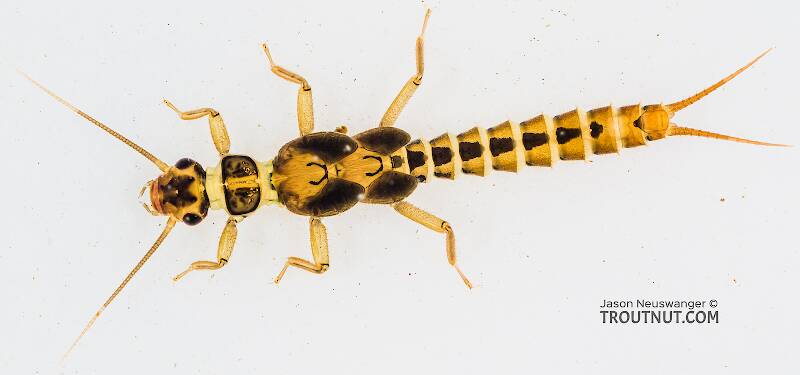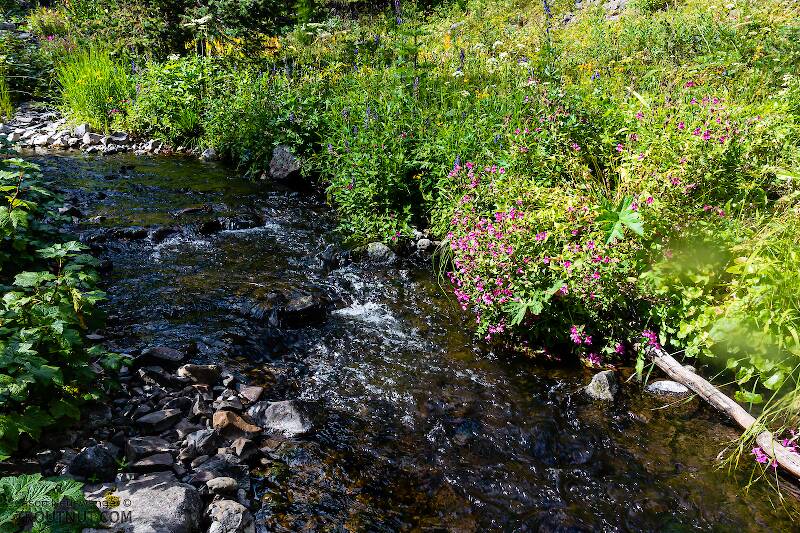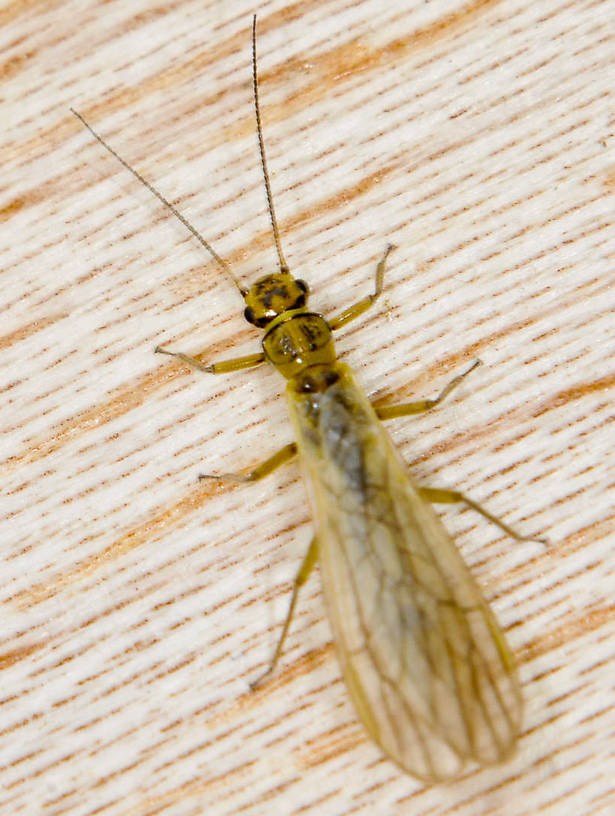
Hex Mayflies
Hexagenia limbata
The famous nocturnal Hex hatch of the Midwest (and a few other lucky locations) stirs to the surface mythically large brown trout that only touch streamers for the rest of the year.
Featured on the forum

This specimen keys pretty easily to Onocosmoecus, and it closely resembles a specimen from Alaska which caddis expert Dave Ruiter recognized as this genus. As with that specimen, the only species in the genus documented in this area is Onocosmoecus unicolor, but Dave suggested for that specimen that there might be multiple not-yet-distinguished species under the unicolor umbrella and it would be best to stick with the genus-level ID. I'm doing the same for this one.

Troutnut is a project started in 2003 by salmonid ecologist Jason "Troutnut" Neuswanger to help anglers and
fly tyers unabashedly embrace the entomological side of the sport. Learn more about Troutnut or
support the project for an enhanced experience here.
Boreal Sallflies
This common name refers to only one species. Click its scientific name to learn more.
Stonefly Species Sweltsa borealis
These are pretty much always called Boreal Sallflies.
I have found no references to this species in the angling literature, but it seems to be at least moderately common in the state of Washington based on the collections here.

(Edit: I'm putting a species ID on this one based on the great similarity of its markings to those of an adult I collected in 2023 from a tributary of the same river at around the same time of year.)
This one was tricky to identify. The "thick, depressed dark clothing hairs" on the thoracic sterna inside the coxae, which indicate Sweltsa, are fairly sparse and very difficult to see in my photos, although more apparent under the microscope. However, if I decide those hairs are too sparse to be "thick" and follow the key, I end up pretty clearly at Haploperla. However, Haploperla should have the inner margin of the hind wingpads approximately parallel to the body axis, and they're clearly divergent on this specimen. The pronotal fringe hairs should also be longer than they are in this specimen. So following that whole branch of the key was probably wrong, which leads back to this one being Sweltsa. Unfortunately, nymphs have only been described for a small number of Sweltsa species.
I found just a few of these nymphs alongside a much larger number of bland, typical Sweltsa nymphs.
This one was tricky to identify. The "thick, depressed dark clothing hairs" on the thoracic sterna inside the coxae, which indicate Sweltsa, are fairly sparse and very difficult to see in my photos, although more apparent under the microscope. However, if I decide those hairs are too sparse to be "thick" and follow the key, I end up pretty clearly at Haploperla. However, Haploperla should have the inner margin of the hind wingpads approximately parallel to the body axis, and they're clearly divergent on this specimen. The pronotal fringe hairs should also be longer than they are in this specimen. So following that whole branch of the key was probably wrong, which leads back to this one being Sweltsa. Unfortunately, nymphs have only been described for a small number of Sweltsa species.
I found just a few of these nymphs alongside a much larger number of bland, typical Sweltsa nymphs.
See 1 more specimen...


